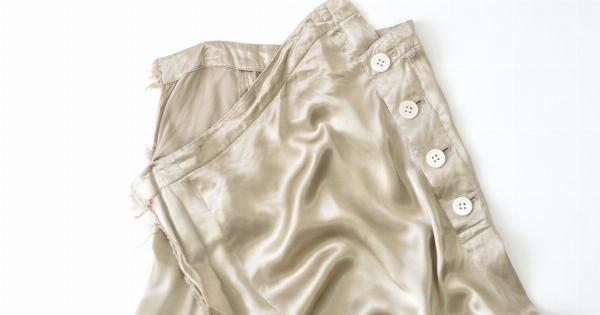When it comes to personal hygiene, certain areas of our bodies may easily be overlooked, and one such area is the belly button.
The belly button, or umbilicus, is a remnant of our umbilical cord that once provided us with essential nutrients and oxygen during our time in the womb. Although it may seem insignificant, proper belly button care is crucial in maintaining good personal hygiene and preventing potential health issues.
In this article, we will explore the importance of belly button cleaning and provide tips and tricks for keeping this often-neglected region in pristine condition.
Understanding the Belly Button
The belly button is a small, hollow area located in the center of the abdomen. Its shape and depth vary from person to person, and it is covered by a fold of skin.
This indentation serves as an entry point for various bacteria, fungi, and dirt particles, making it essential to clean regularly to prevent infections and other complications.
Why Belly Button Cleaning Matters
Disregarding belly button hygiene can lead to several unwanted consequences. Here are a few reasons why proper cleaning is important:.
- Preventing fungal and bacterial infections: The warm and moist environment inside the belly button provides an ideal breeding ground for bacteria and fungi. If left unchecked, these microorganisms can cause infections such as candidiasis and belly button cellulitis.
- Keeping bad odors at bay: Neglected belly buttons are notorious for producing unpleasant odors. These odors are usually caused by bacterial growth and the accumulation of sweat, dead skin cells, and dirt.
- Removing accumulated dirt and debris: Over time, dirt, lint, and dead skin cells can accumulate in the belly button. Proper cleaning ensures the removal of these particles, reducing the risk of infection and irritation.
- Preventing the development of an umbilical granuloma: An umbilical granuloma is a small, moist area of tissue that may appear in the belly button due to improper healing after the umbilical cord falls off. Regular cleaning and care can help prevent this issue.
- Maintaining general personal hygiene: Taking care of your body, including the often-forgotten belly button, is a crucial aspect of overall personal hygiene.
How to Clean Your Belly Button
Now that we understand why belly button cleaning is important, let’s dive into some tips and tricks for keeping your belly button clean and healthy:.
1. Wash Regularly
Make it a habit to clean your belly button during your daily bath or shower. Use warm water and a mild, fragrance-free soap to avoid any skin irritations. Gently lather the soap around the belly button area and rinse thoroughly.
2. Use a Soft Washcloth
To effectively clean the belly button, use a soft washcloth or sponge. Avoid using harsh scrub brushes or loofahs, as they can cause irritation or damage to the delicate skin in this area.
3. Q-Tips for Deep Cleaning
For a more thorough cleaning, you can use a Q-tip that has been dampened with warm water or saline solution. Gently insert the Q-tip into the belly button and rotate it to remove any accumulated dirt or debris.
4. Pat Dry
After cleaning your belly button, ensure it is completely dry. Moisture can promote bacterial growth and fungal infections. Use a clean towel and gently pat the area dry.
5. Avoid Harsh Chemicals
When cleaning your belly button, it is important to avoid harsh chemicals, including alcohol-based solutions or hydrogen peroxide. These can cause skin irritation and disrupt the natural balance of bacteria in the area.
6. Keep it Moisturized
While keeping the belly button clean and dry is crucial, it is equally important to prevent excessive dryness. Apply a small amount of gentle, unscented moisturizer or coconut oil to the belly button to keep the skin moisturized.
7. Regularly Check for Abnormalities
During your cleaning routine, take the opportunity to examine your belly button for any signs of abnormalities. Look out for redness, swelling, discharge, or foul odor, as these may indicate an infection or other underlying health issues.
8. Avoid Excessive Piercing or Jewelry
If you have a pierced belly button or enjoy wearing belly button jewelry, make sure to keep the area clean and dry. Avoid excessive touching or play with the jewelry, as this can introduce bacteria and increase the risk of infection.
9. Seek Medical Help if Necessary
If you notice persistent redness, swelling, or discharge from your belly button, or if you experience any pain or discomfort, it is essential to seek medical attention.
A healthcare professional can assess the situation and provide appropriate treatment if needed.
10. Remember Consistency
Consistency is key when it comes to belly button cleaning. Make it a part of your regular hygiene routine to ensure your belly button remains clean and healthy.
By following these tips and tricks, you can maintain good belly button hygiene and prevent potential health issues.
Remember, even though it may seem like a small and insignificant part of your body, proper care of your belly button contributes to your overall well-being.





























